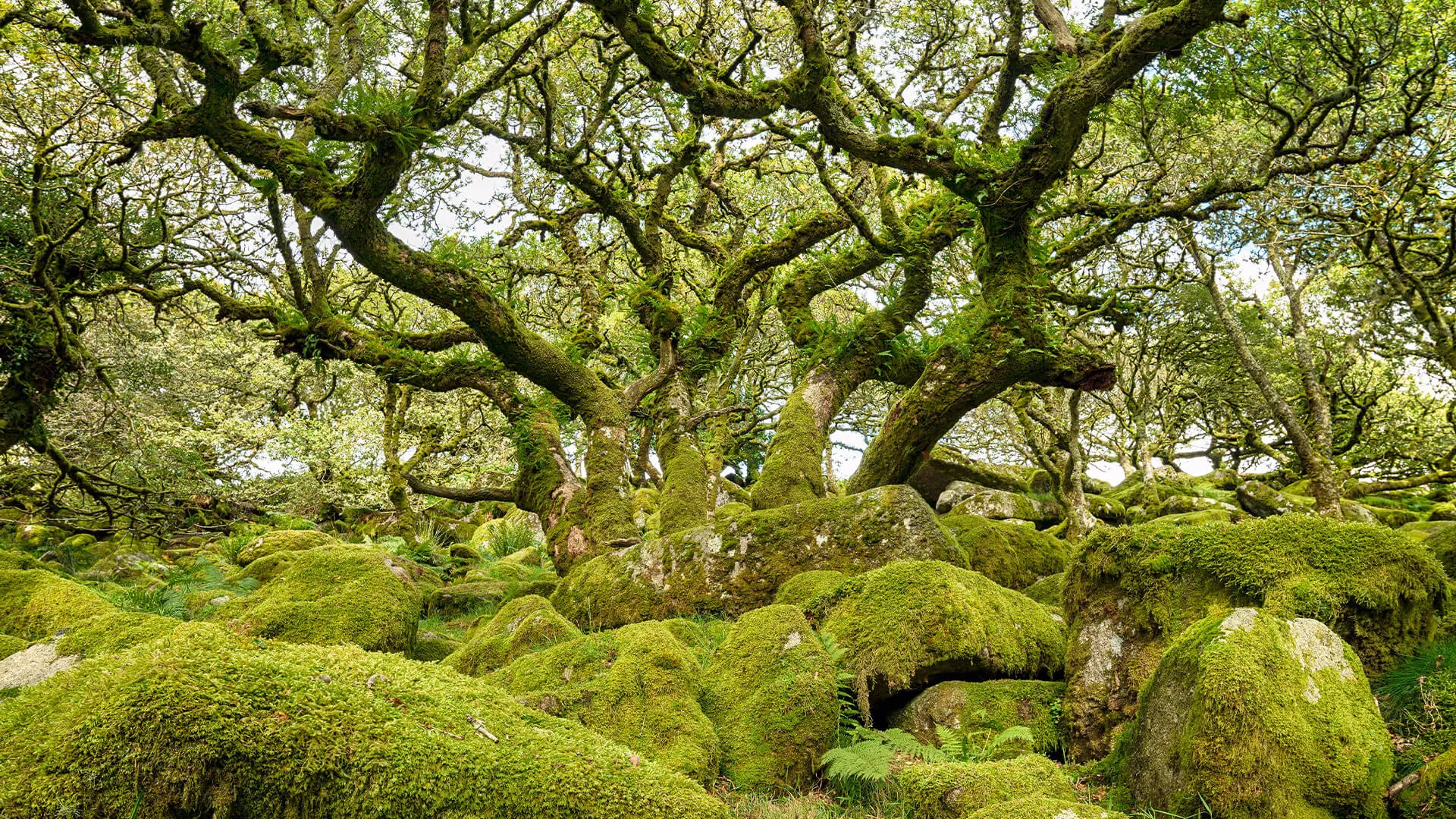Britain’s Most Mysterious Places
Among England’s rolling hills and vast moors lie some of the most mystifying places in the world—each shrouded in history, legend and intrigue. From “holloways” with echoing footfalls from the past to specters encountered in castles, and the riddle of prehistoric stone circles, discover some of Britain’s more enigmatic sites that are sure to cast a spell.
Holloways, Dorset
“Holloways” are ancient, sunken roads dating back before the Roman period, and they riddle the southern English county of Dorset. After centuries of use by people, carts, and cattle, ground level paths gradually eroded, deepened, and widened—some holloways are 20 feet deep, according to The Dorset Rambler. Tree roots hold earthen walls in place and upper branches form canopies creating a tunnel effect. Celtic patterns are carved into the road’s raised sides, as are etchings of ghouls and gargoyles. It’s said visitors can hear the tramping of Roman soldiers and the clink of armor buckles. To walk a holloway is to experience an unsettled landscape where past and present coexist.
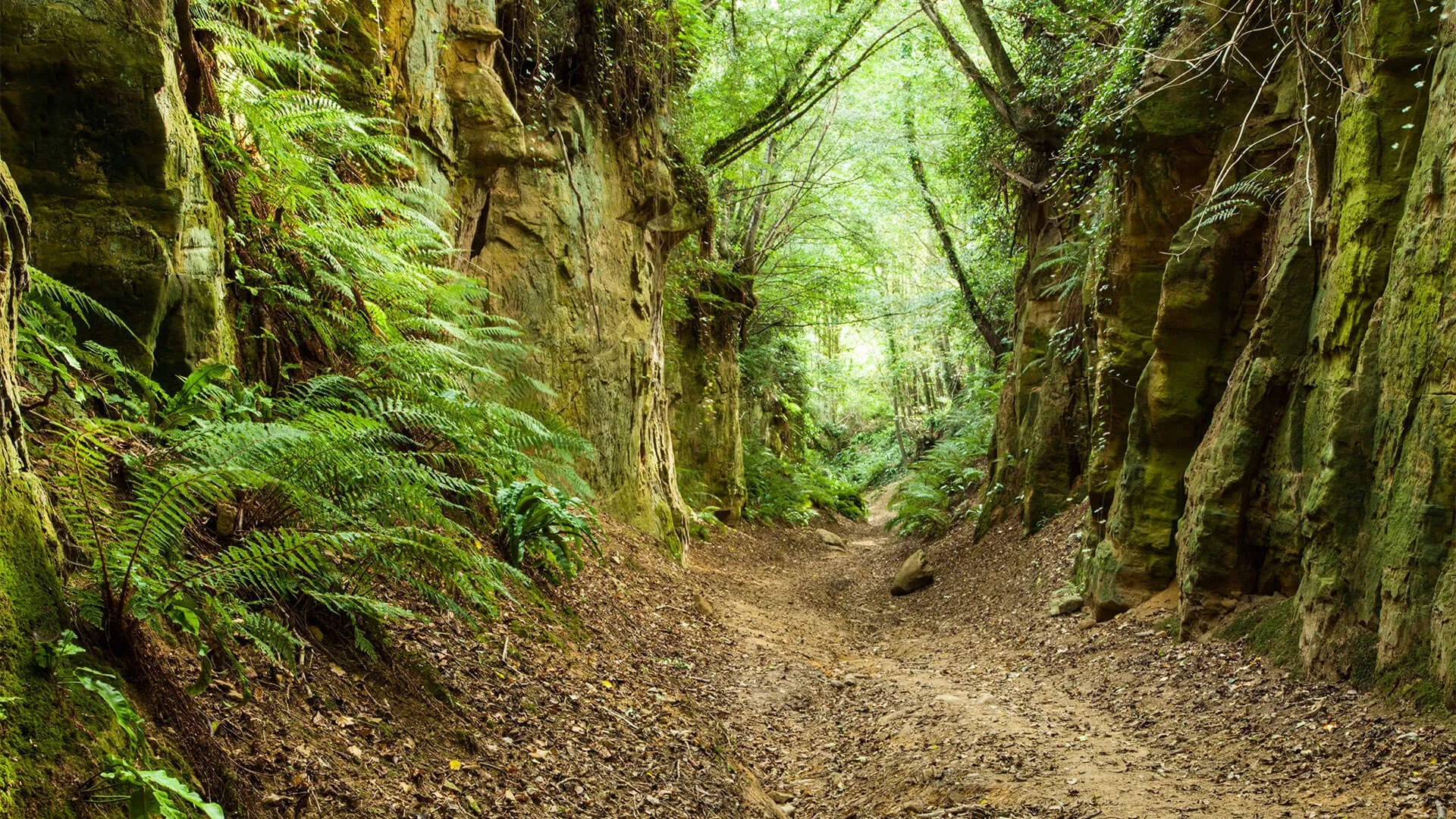
Chillingham Castle, Northumberland
This medieval stronghold is often dubbed the most haunted castle in England—it’s all about the chills. Several ghosts are said to roam specific castle rooms. The “Grey Lady” is believed to be former resident Lady Mary Berkely, who died in 1719. After her husband's affair with her younger sister, Mary lived alone in the stately home. Visitors report hearing her dress rustle and experiencing a temperature drop when she appears.A “radiant boy” dressed in blue clothing was rumored seen and heard crying until renovation uncovered a child’s bones and bits of blue fabric. The bones received a Christian burial and, while the cries stopped, a blue orb is now said to float about at night. These two spirits, plus a poltergeist and a host of disembodied voices in the castle’s torture chamber, led the current owners to offer evening ghost tours. Checking the tour schedule, we see they’re currently sold out.
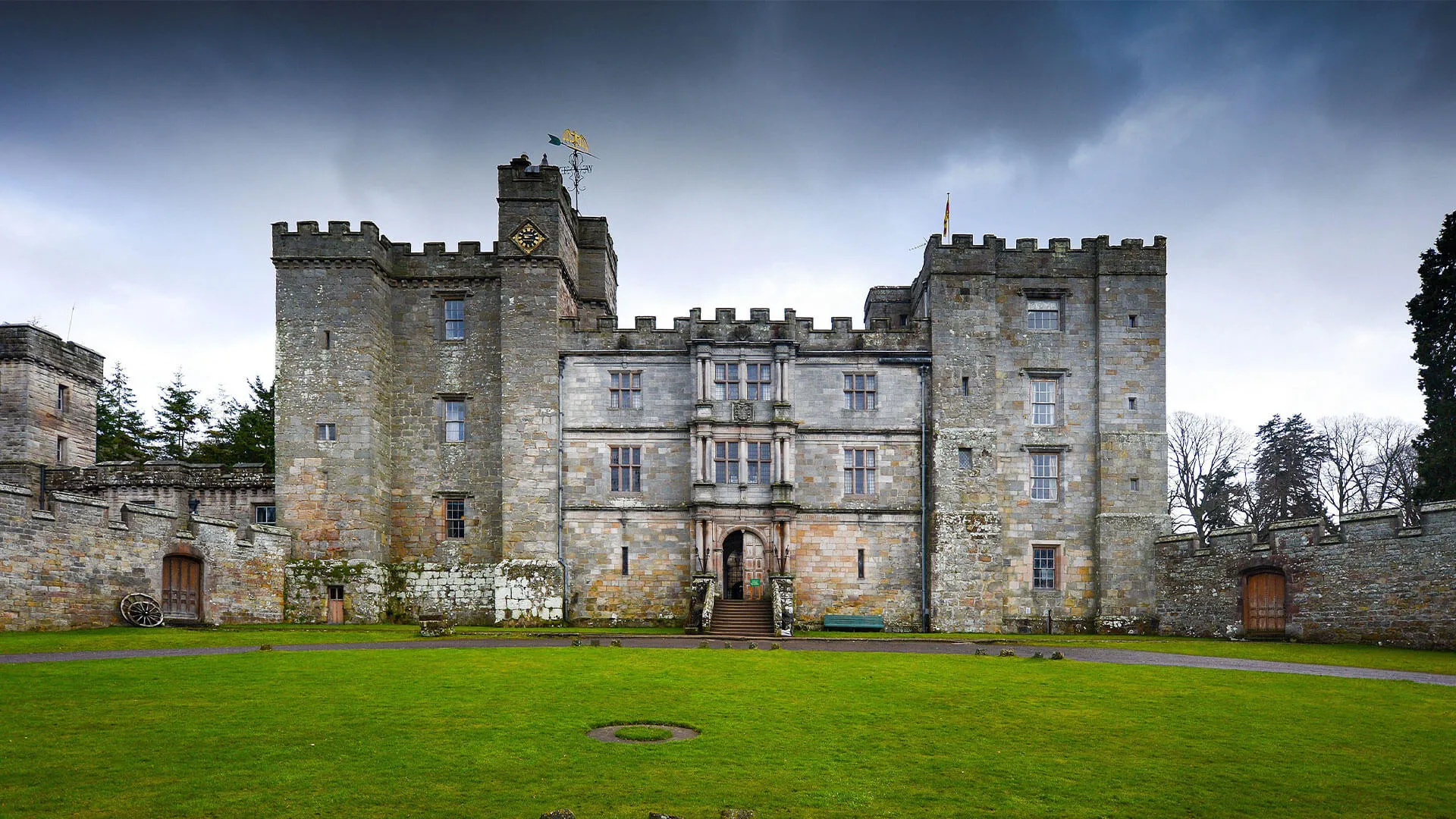
Stonehenge, Wiltshire
Visiting the renowned monument of Stonehenge, you just know something powerful happened there. Granite blocks—from umpteen miles away and weighing many tons apiece—were organized in concentric circles on a grassy plain around 2,500 BC. Why? Theories range from holy site to astronomical observatory. The stones are oriented so that they precisely frame a summer solstice sunrise and a winter solstice’s sunset. Thousands of people come on both occasions to observe the phenomenon in person. Stonehenge endures as a place of belief and meaning and as a timeless enigma.
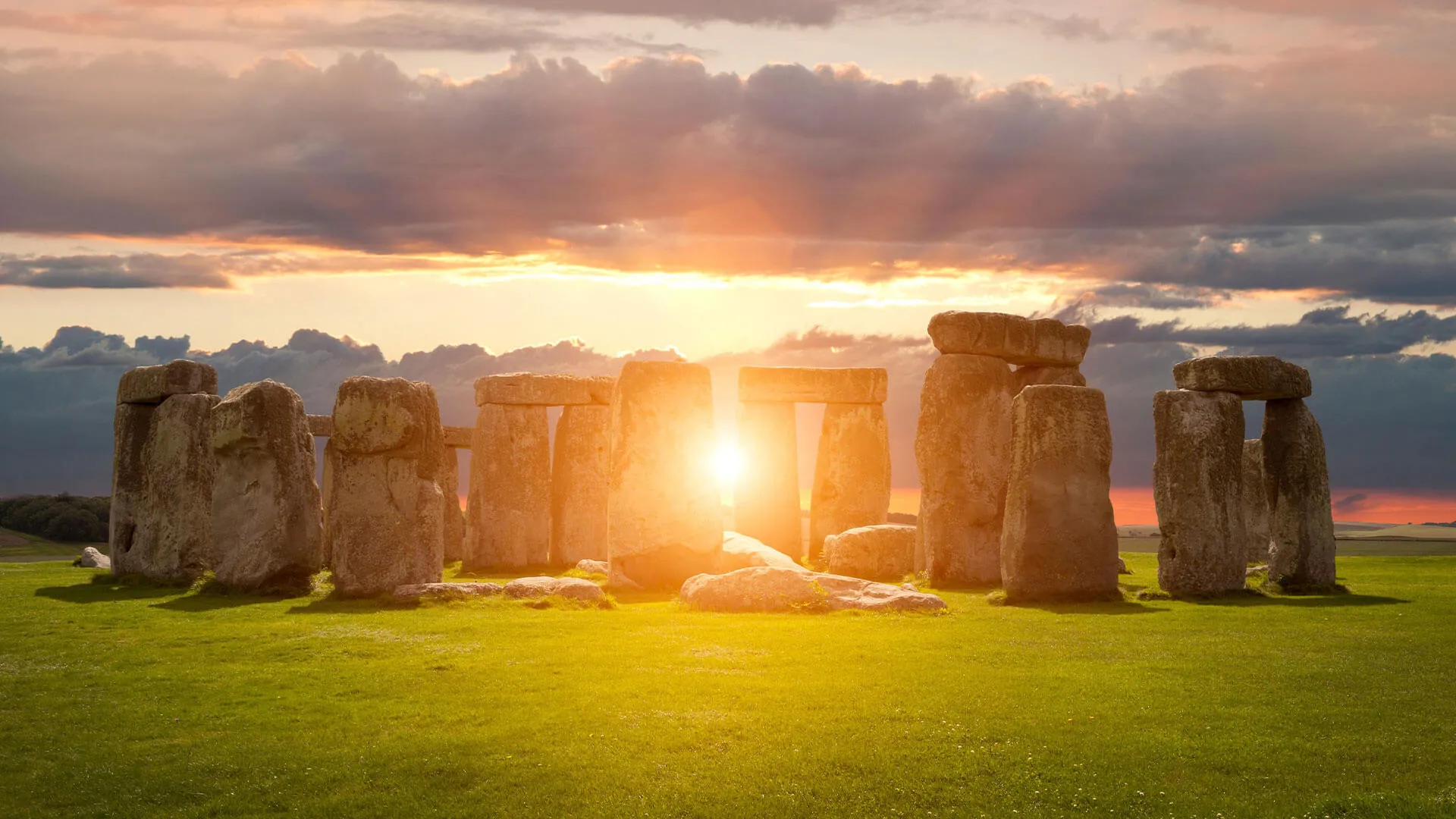
The Long Man of Wilmington, East Sussex
The huge figure of the “Long Man” is one of over 50 varied carvings in the chalky hills of southern England. At about 230 feet in height, this puzzling fella is the tallest. Windover Hill’s steepness makes the Long Man especially visible, and his stretched body appears in proportion when viewed from below. He stands with a stave (or stick) in each extended hand and soil surveys suggest one of the staves may’ve been a scythe, the other a rake, and that the giant also donned a head plume.There are multiple theories about his origin. Some believe he’s prehistoric; others that he was carved by monks from a nearby priory in the Middle Ages. According to the BBC, “Roman coins bearing a similar figure suggest he belonged to the 4th century. We may never know.”
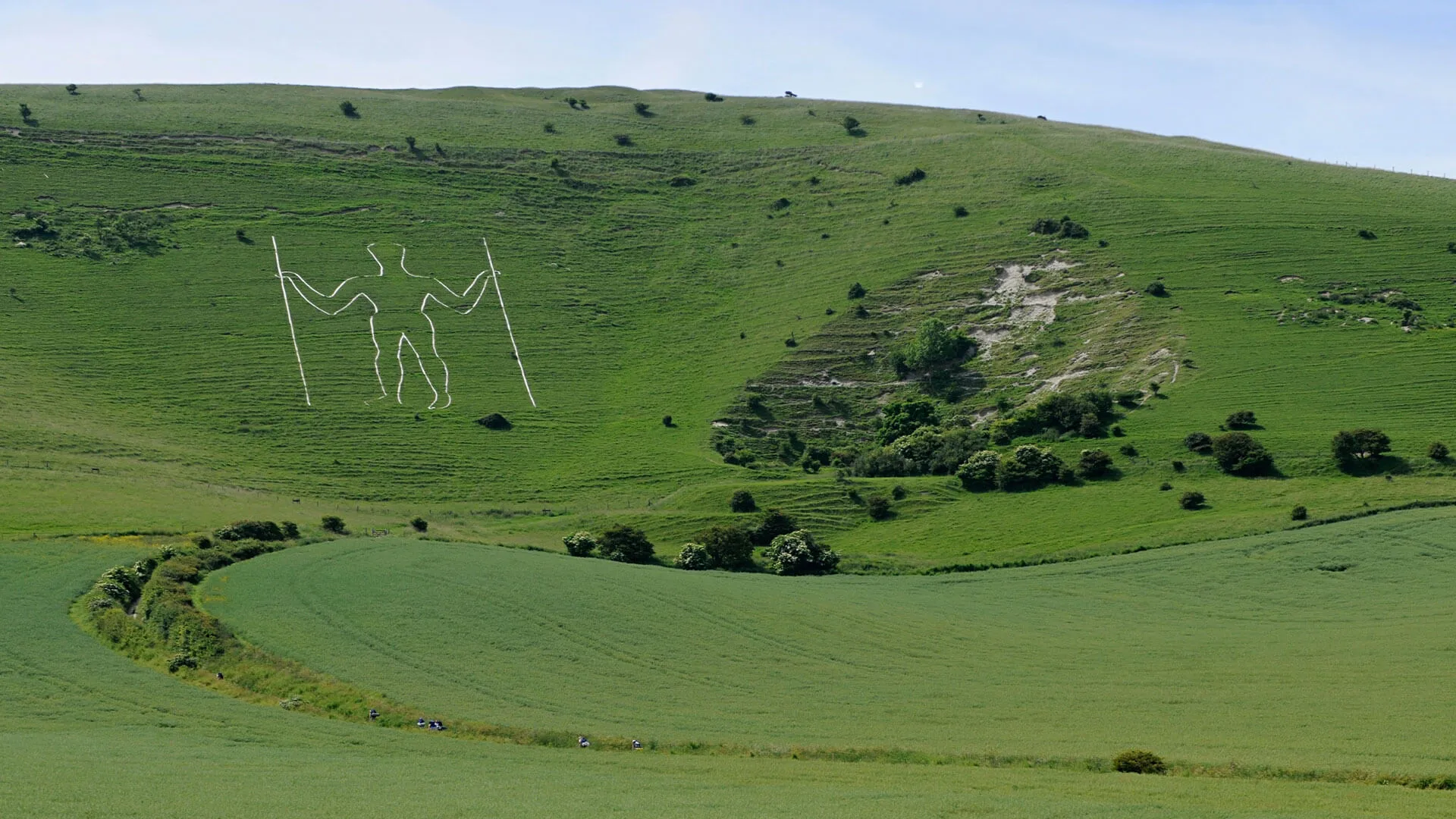
Glastonbury Tor, Somerset
The 500-foot Tor (or prominent hill) is famous for St. Michael’s Tower, all that remains of a church from the 14th century. Glastonbury Tor is mentioned in Celtic mythology and has been a spiritual magnet for both pagans and Christians over the centuries. Ghostly traces of a Druid labyrinth remain here, and it’s said that a hidden cave beneath the Tor allows passage into the fairy realm of Annwn. Later tradition claims the Holy Grail lies at this spot, brought by Jesus’s uncle, Joseph of Arimathea. Accordingly, Glastonbury Tor also figures in the tales of King Arthur. Climb the iconic landmark for its magnificent views of Wales, Wiltshire and Dorset and we bet you’ll be spellbound.
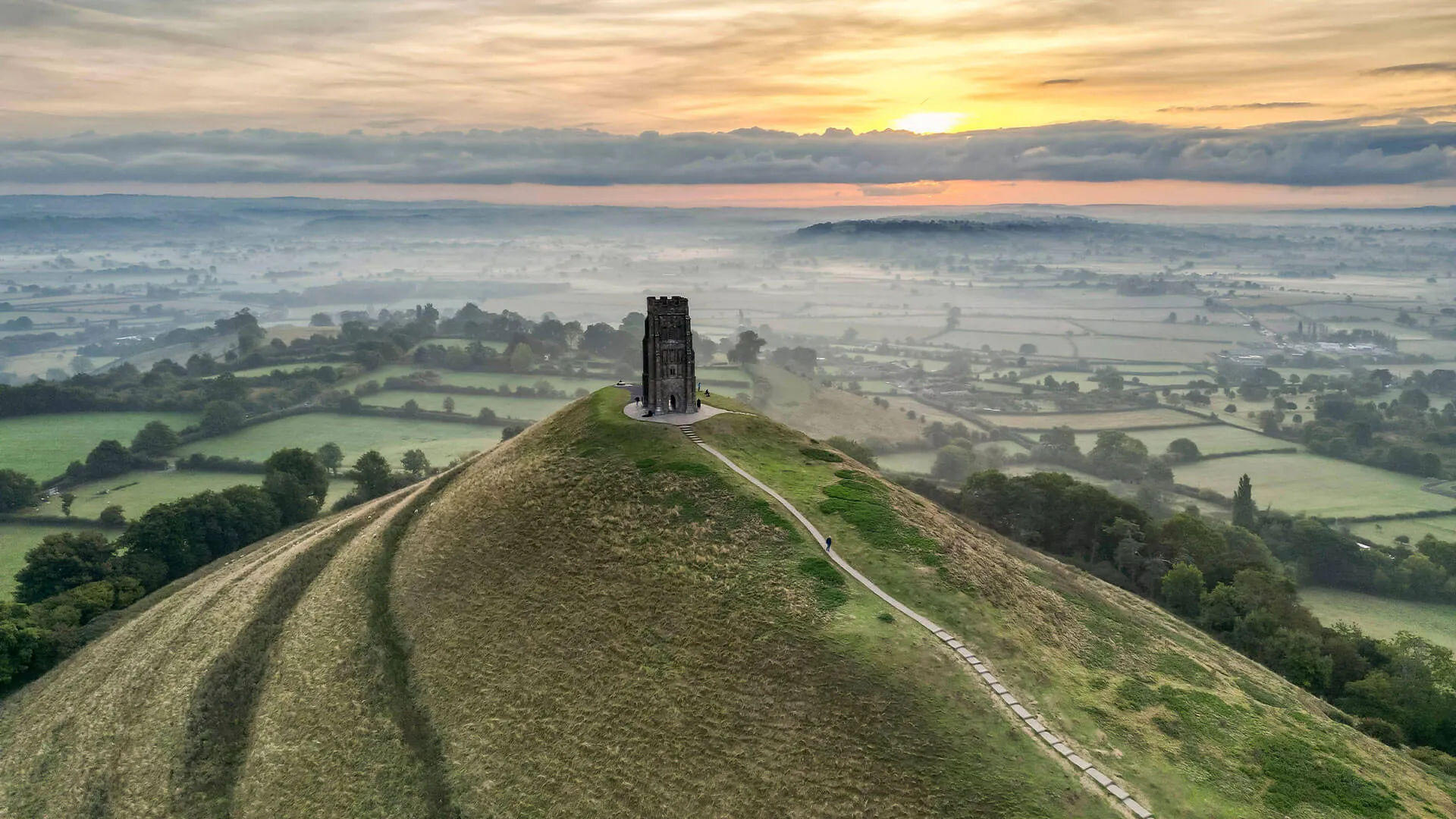
Highgate Cemetery, London
Highgate Cemetery is considered creepy owing to its current overgrown jungle of a landscape, toppled gothic structures, catacombs—and claims of vampire sightings. The property was established in 1839 as a response to Victorian London’s lack of burial space. Highgate quickly became a fashionable place to bury the wealthy’s deceased.Reports of spooky encounters began in the 1940s. People claimed to see apparitions with glowing red eyes or hear strange noises coming from graves. In the 1960s, reports of a vampire roaming the cemetery led to a media frenzy. There are fewer reports of supernatural activity at Highgate these days, though the atmosphere still produces heebie-jeebies.
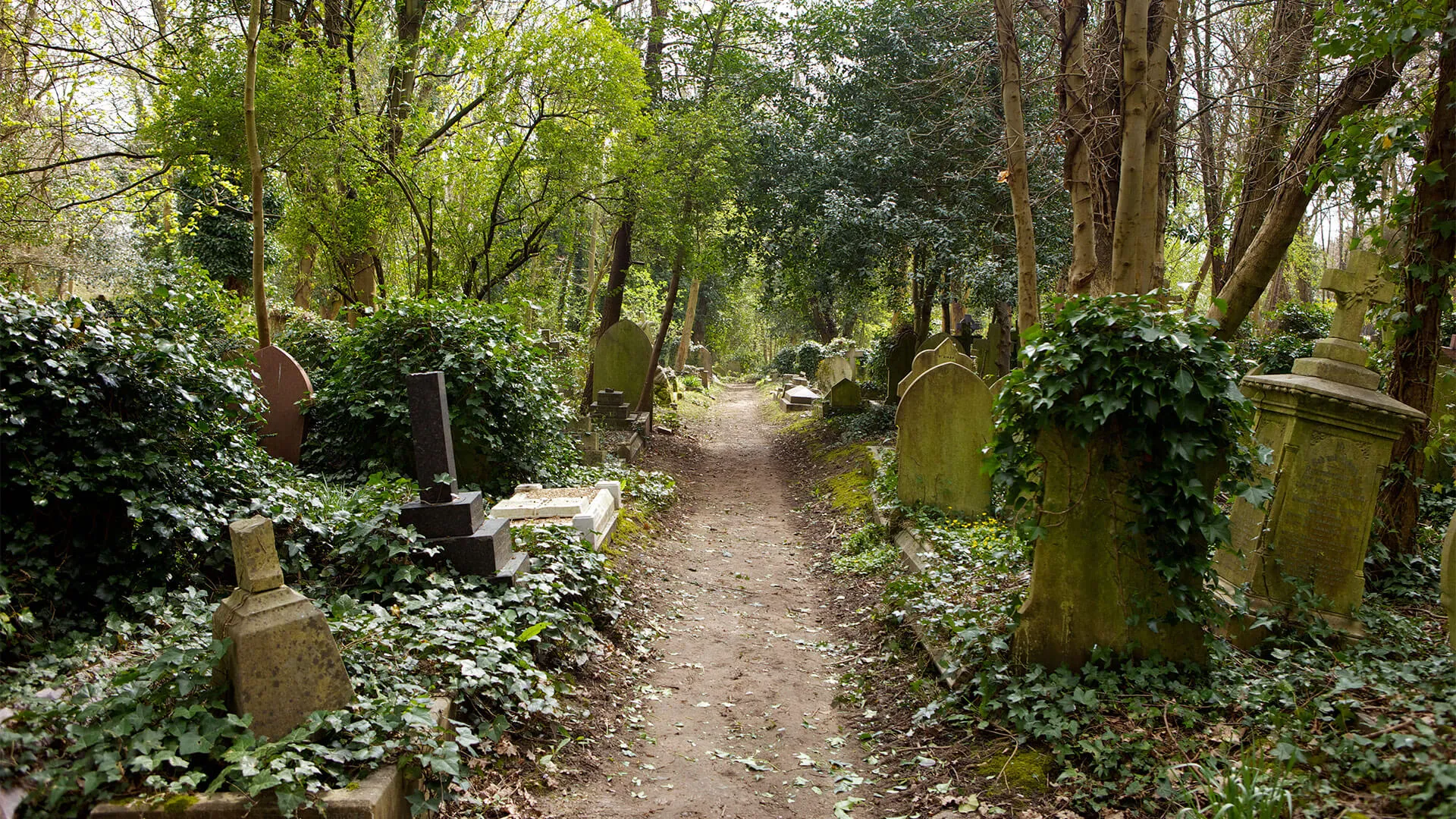
Wistman’s Wood, Devon
Gnarled, stunted oak trees that grow out of decidedly stony ground make Wistman’s Woods rather inaccessible—to both wildlife and people. Yet tales of man-eating hellhounds scavenging through this temperate rainforest have long persisted and it’s said locals shun the place after sunset. Ancient legend associates the woods with a supernatural group of hunters called the ‘Wild Hunt’ and their ‘Wisht Hounds,’ devilish dogs with terrifying howls. The oak grove is also purported to have been sacred to Druids as an otherworldly place to carry out secret rituals and human sacrifices. If you’re still tempted to poke around, we recommend daylight hours.
